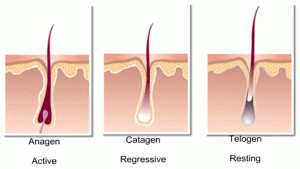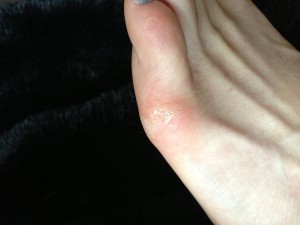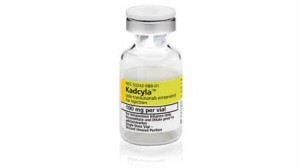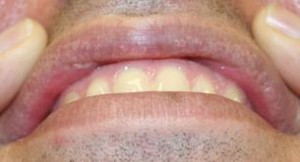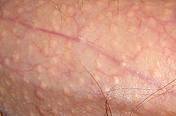Lyme disease is a bacteria infection, Borrelia burgdorferi, which commonly spread through bites from tiny ticks, most commonly the deer tick in North America and Europe, as the deer ticks. Living in areas with lots of tall grasses and woods puts you at high risk, even if those areas are by the ocean; many times people feel like ticks cannot live near the ocean…but they can, so you need to be careful even in tall marsh grasses. If caught early enough, lyme disease symptoms can be reversible, but it’s all about knowing the signs and symptoms, prevention, and early treatment that are key.
What are the signs of Lyme Disease?
Just like any other disease, unfortunately, sometimes the initial symptoms are completely silent, meaning many people don’t know they have been infected with the bacteria for a while. Immediately after a tick bite, you can see a red bump where you were bitten, and sometimes, over the next few days, redness spreads to look like a bull’s eye, but the deer tick usually needs to be attacked for 36-48 hours to spread Lyme Disease. When I was 21, I had a tick bite that was the classic bulls eye…and that was the only reason I went in for treatment! A few days after the bite and the infection starts to spread, you may feel some flu-like symptoms (fever, chills, body aches) that can go away.
Later on in the disease, you can get joint pain and swelling, without any other symptoms. Or, you can start to have some neurological symptoms such as numbness or weakness in your arms and/or legs, a temporary paralysis of one side of your face (known as Bell’s palsy- which can be mistaken for a stroke.) You might also notice that you have extreme fatigue, a fast and/or irregular heart rate, redness/inflammation of your eyes, and you may be told that you liver enzymes are elevated from a hepatitis syndrome.
If you live in a heavily wooded area or around high grasses, and have any of these symptoms, even if they come and go, you should be seen by a Healthcare Practitioner (HCP.)
What is the treatment?
The good news is that Lyme disease is very easily treated, IF caught early, and usually a 14-21 day course of antibiotics can kill off the lyme bacteria and reverse all symptoms. Usually doxycycline or amoxicillin are used as the first line antibiotics; they are cheap and tolerated by most people when taken on a full stomach, however the doxycycline can cause pretty severe reactions in the sun, so stay out of the sun as much as possible during treatment! If you do not respond to oral drugs, you may have to go on a course of intravenous (IV) infusion drugs to get higher levels of antibiotics available to kill off the bacteria. IV antibiotics can be much more difficult to tolerate, as the side effects are stronger, and you have to be under the supervision of an HCP during treatment to ensure that your blood levels are stable.
There is alternative IV treatment with a drug called bismacine, however it is not supported by the FDA and can cause bismuth poisoning, as it has high levels of metals present which can cause liver and kidney dysfunction.
How do I prevent tick bites?
1. Wear long sleeves and long pants when in heavily wooded areas: I know, just what you want to do in the summer, but it prevents those ticks from latching onto your skin and biting you!
2. Insect repellent: yes, some people have issues with using chemicals (check out some alternative to chemical repellents!!) however, they can be effective! Repellents with at least 20% DEET should be applied, according to directions, to adults and children alike (avoiding hands, face, and mouth!)
3. Check yourself and your children/animals regularly: When outside a lot, children and animals can play anywhere…and so can ticks, so make sure to check them and remove ticks with tweezers, right behind the head, and firmly pull off the skin, making sure that you have removed the entire tick, and then destroy it. (Sorry, I don’t mean to be harsh, but if it’s a ticks life over mine or my dogs, sorry tick!)
If you are worried you or a family member have been exposed, it is best to go get checked out and while the blood tests for Lyme are not always reliable, it is better to be treated early than to wait until you may have more exaggerated symptoms. Prevention is key when it comes to Lyme so be proactive for you and your family and stop Lyme Disease before to even starts!
Yours in Good Health
B


